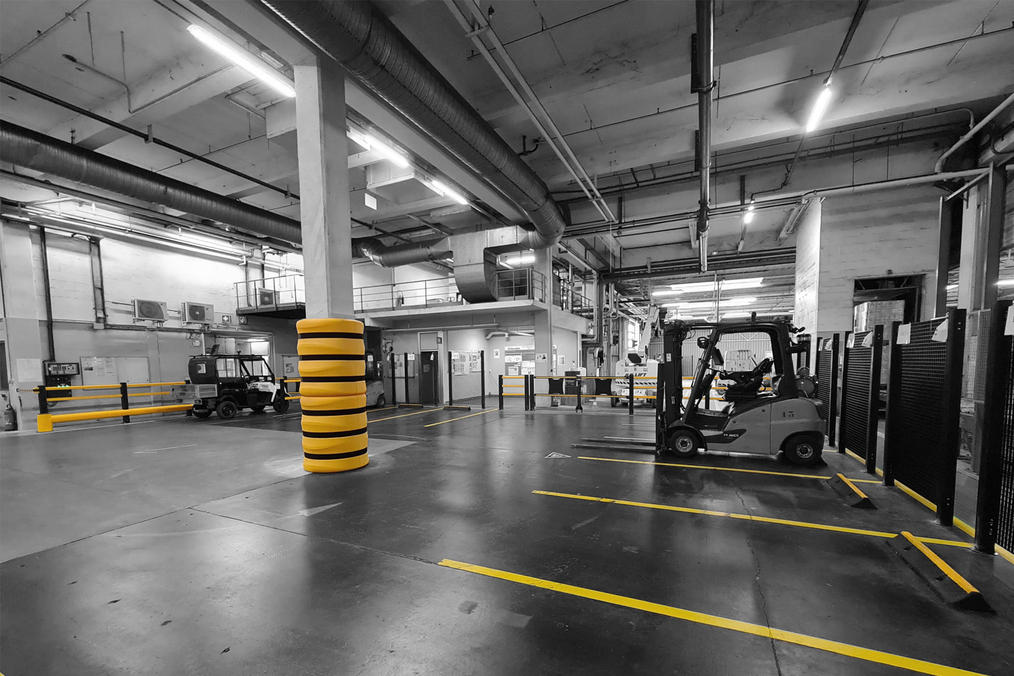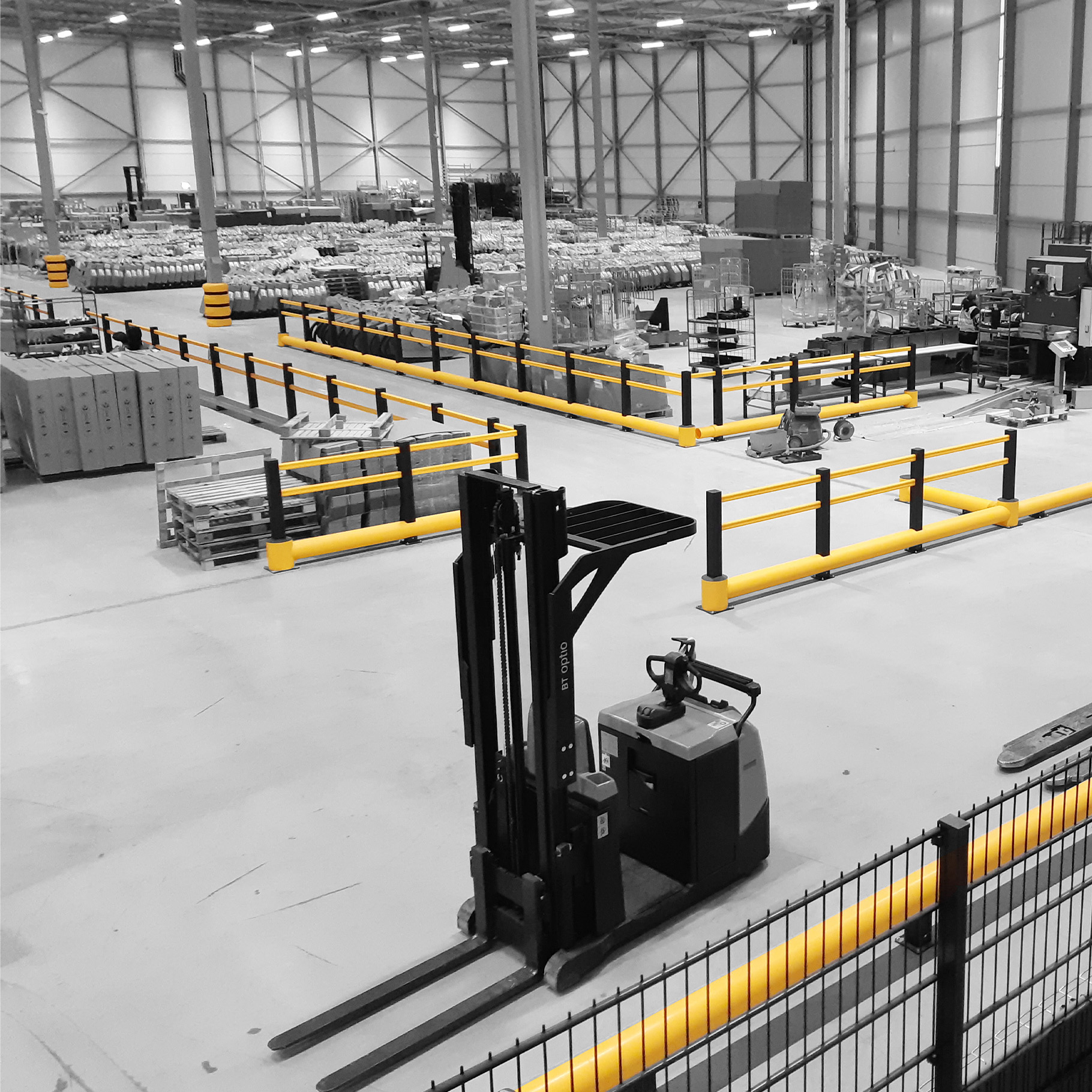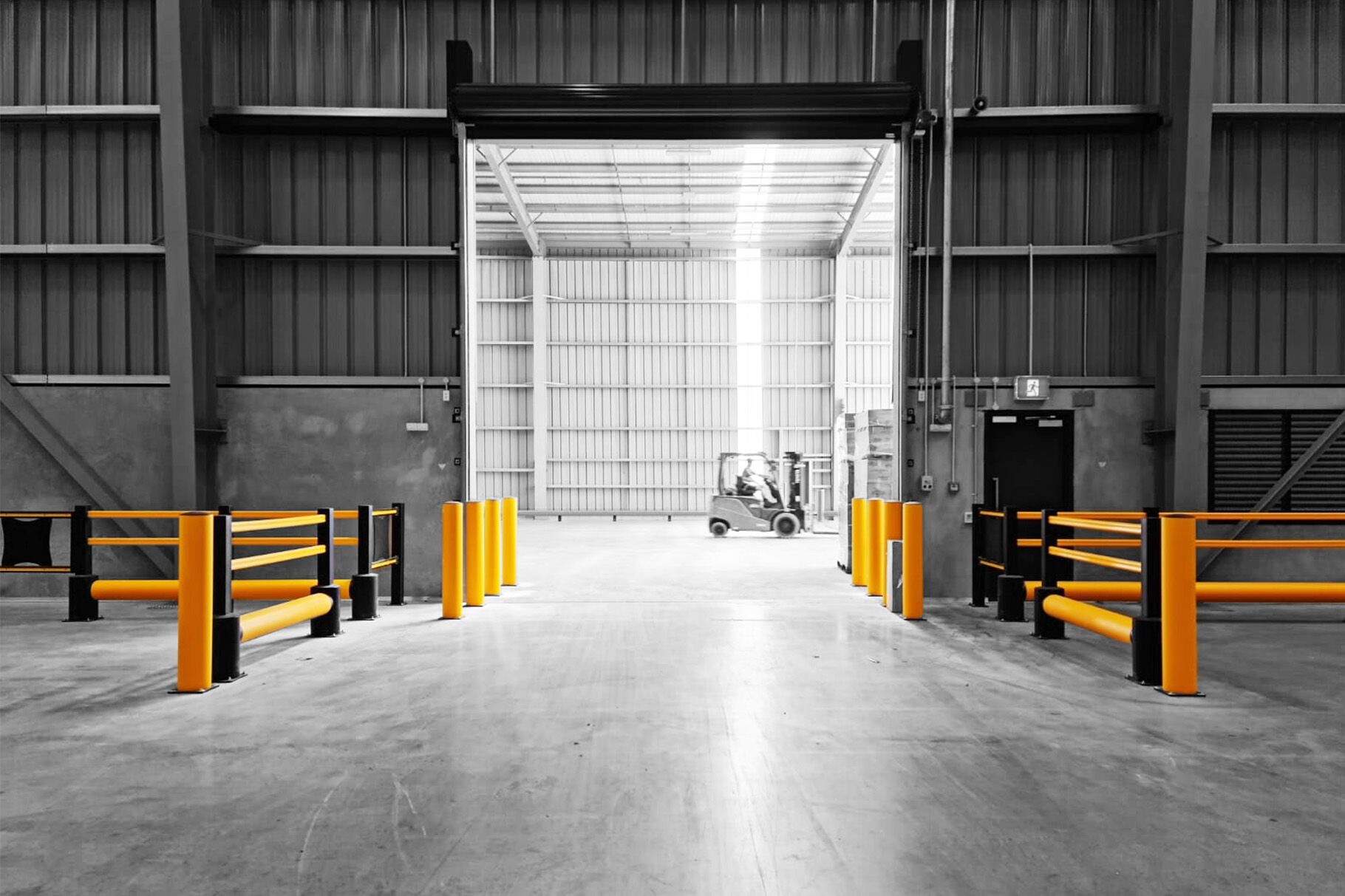Tips on how to give an engaging presentation on workplace safety
Whether you are an employer, health and safety manager or foreman, you have a big responsibility. A safe workplace is not only in the interest of the employees; it is also important for the company itself! As an employer, you take the first steps by drawing up a risk assessment and traffic plan. And yet everything comes down to communication. After all, safety works best when everyone in the company is aware of it. So, what is the best way to achieve this? Well, your communication strategy certainly has to include a safety presentation. Here are some tips on how to create an engaging presentation.

Why give a presentation on workplace safety?
Training has a major impact on employees' safety behaviour. Companies often hire outside companies to give their employees further training on workplace safety issues. This is a good idea, but it only rarely involves every employee. Don't you think other employees need to be aware of the safety regulations in the workplace? Of course they do!
In addition to external training, all employees need to informed on workplace safety aspects in an in-house presentation. This safety presentation clarifies the company's safety policy and shows how important safety is to the company. The safety presentation has to be a mandatory part of the onboarding process for new employees. Once the presentation has been created, all you need to do is update it when there are any changes.
HOW TO GET STARTED
ANNOUNCE YOUR PRESENTATION WITH ENTHUSIASM
Let’s face it: people are rarely eager to attend presentations. It is essential to stress the importance of a presentation on workplace safety. Supplement this with practical information and some comic relief. For example, when you announce the presentation by email or newsletter, make sure to include the programme. A witty comment, silly pun or funny picture draw people's attention and prevent the presentation from becoming a rather dull exposition of facts.
TAILOR THE PRESENTATION TO YOUR AUDIENCE
Although workplace safety is a top priority for both employers and employees, each party has its own perspective on the issue. It is therefore important to deliver a presentation that engages both the workers and management. You can do this by connecting with them with information that is relevant to them. So make sure to tailor your presentation to your audience.
Workers
A practical approach works best for workers. Figures and statistics highlight the persistent risk of accidents, but concrete tips and advice are much more valuable in this case. In addition to general safety regulations, be sure to include company-specific safety advice. An example of a general regulation is: all traffic flows are segregated. However, for specific safety tips about a particular machine are more interesting to workers . A presentation that remains too much on the surface is not as compelling as one that references the actual positions of the workers more.
Management
Managers are less interested in practical information as they don't operate any vehicles, machines or tools. For this audience, the financial and legal aspects add value to your presentation.
An accident in the workplace always results in additional costs: repairs to infrastructure, machinery or vehicles, but also loss of goods and production or delivery time. These costs can add up quickly! And we are only talking about material damage here. Imagine a person is seriously injured or, worse, killed in a workplace accident. This has a profound effect on the entire organisation. On top of the legal consequences and compensation, this also has a negative impact on the company image and atmosphere at work.
Examples of such scenarios make managers feel uncomfortable. You can use them to highlight the importance of a safe working environment. No one expects accidents to happen until they do. So: prevention is better than cure. Convince company management to put safety first, always and everywhere.
VIDEOS AND TESTIMONIES
The content of your workplace safety presentation is crucial to keep your audience engaged. While the topic of security is vitally important, it is not exactly the most light-hearted of subjects. But that doesn't mean it has to be boring. Convey your message in a fun and engaging way. Link text to visuals and use appealing visual effects whenever possible. In short, you need to present the potential hazards in the workplace in an effective but creative way. For example, you can illustrate the hazards in your organisation with videos. It has been proven that messages presented in a video stay with people for longer.
For example, a video recording of a workplace accident shows how quickly disaster can strike. The videos don't necessarily need to be shocking. The internet is teeming with videos of forklifts making stacking racks fall like dominoes without any injuries. These types of videos have an impact.
Testimonies from people who have experienced or survived industrial accidents leave an even bigger impression. They bring to life the consequences of an unsafe workplace. Contributions from other people also bring more interaction to the presentation. Give your audience the opportunity to ask questions about the circumstances of the accident, its consequences for the company and employees, and its impact on the victim's life. This brings us straight to the next point: your interaction with your audience.
MAKE ROOM FOR INTERACTION
Presentations are a two-way street. Your presentation is about your company's story, of course, but its success will depend on your interaction with the audience. That is what engages people. A safety presentation is of little use if its message doesn't stick. And interaction is one way to make this happen.
Throw a question out to the audience every now and then during your presentation. This assesses their existing knowledge and gives you feedback on how the content of your presentation is being received. Reactions to photos or videos, for example, can also spark a conversation or even a group discussion. This is how new insights are gained. Even after the presentation, you can keep people engaged by occasionally presenting a question or problem to them in a spontaneous way. Or by organising a brainstorming session on occupational safety. Do this in segments or with the entire group, depending on the size of your company. If you perfect the company's safety policy as a team, people will be far more likely to observe it.
PREPARE FOR QUESTIONS
Certain presentation topics and chapters will raise questions about the company, the way it operates or a specific activity in a process. Make sure you are sufficiently familiar with the different company departments and processes. Being well prepared helps you to formulate the right answers. The same applies to comments from the audience. Listen carefully and give your honest view of the problem or observation. If the comment is valid, show it. If it is unjustified, correct it in a way that is comfortable to the other person.
If you don't know the answer, don't be tempted to respond. Say that you will take up the issue with the appropriate people and you will revisit the issue later. Do not give an answer that you are not 100% sure of. People will spot your hesitation. This comes across badly and makes people take your story less seriously. This in turn affects the credibility of your argument.
A few more practical tips
Test your technical equipment
Check that all the devices you are using are working properly in advance: the projector, your laptop, USB stick, microphone … Have a backup plan where possible, in case any of those devices malfunction or fail.
Keep an eye on the time
You are working with a live audience. This means you relinquish some control. Factor this in when you put together your presentation by adding some contingency time to the estimated time frame. This depends on the size of your audience and the level of interaction you allow. It is not a bad idea to deal with questions and feedback after the session within the time frame you decided.
Stick to the plan
Don't digress during your presentation. Stick to the schedule you had in mind at the start and limit the interaction with the audience during the session to fit your schedule. This will keep your audience fully engaged.
End with the moral of the story
At the end of the session, your audience will obviously be less focused than at the start. So conclude your presentation with a concise message that summarises the most important points. Give your audience a quick recap of the things you want them to remember.
Conclusion
Use the above tips to raise your employees' awareness for a safer working environment. Awareness is very important, it does not provide absolute protection. People make mistakes despite their good intentions. For example, in stressful situations safety principles may not seem that important anymore and they may be forgotten altogether when time is of the essence. Therefore, in addition to raising awareness, you also need to provide physical safety protection. This sends a strong message that safety in the workplace is crucial to you as an employer.
Not sure where to start? Let us help you to choose the right safety solutions. From safety barriers and handrails to bollards, height restrictors, column protection and rack protection.

